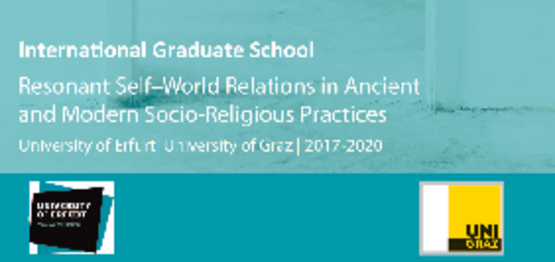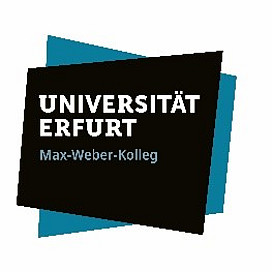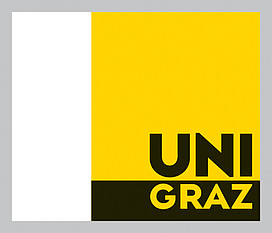Rupert Rainer
“The temple which is enchanting to behold.” The church as a place of resonance in the Ekphrasis of the Hagia Sophia by Paulus Silentiarius
The Ekphrasis of Hagia Sophia by Paulus Silentiarius shows that the so-called "Great Church" in Constantinople already aroused great admiration at the time when it had just been built. The hexameter poem was written in 562 by Paulus Silentiarius on the occasion of the reinauguration of the church building, which had been severely damaged by an earthquake five years earlier. It was also recited at the dedication ceremony. This poem is the focus of the dissertation project, which includes a philological investigation of the text with special regard to H. Rosa's resonance theory (Rosa, H.: Resonanz. Eine Soziologie der Weltbeziehung, Berlin: Suhrkamp, 2016).
Paulus Silentiarius focuses on the inside of the Hagia Sophia. He describes the several architectural and decorative elements of the church in detail and in accordance with the characteristics of an ekphrasis very figuratively. The project focuses on this very way of presentation in the Ekphrasis of the Hagia Sophia. With regard on the ancient ekphrasis-theory, the project aims at researching, by which linguistic and literary means Paulus draws the attention of the audience to a certain aspect of the subject of his ekphrasis and by which rhetoric methods he seeks to achieve the effect of enargeia and to evoke an emotional response to his description. This allows us to connect the philological research with the theory of resonance. Then, the question is, how the poet enables the audience to experience resonance in the various axes of resonance through his characteristic style. In this context, his way of depicting the church building and its individual elements is just as relevant as the importance he gives to Hagia Sophia as a sacred place and the political messages contained in the ekphrasis of Hagia Sophia (e.g. the references to the restauratio-imperii policy of Emperor Iustinian I).
Furthermore, the project looks at the place of the Ekphrasis of the Hagia Sophia within the tradition of Greek epic poetry. To what extent does Paulus Silentiarius' poem correspond with the formal requirements of this literary genre? And does he draw on significant models within this tradition, such as the Homeric epics, the Hellenistic hexameter poems or the works of Nonnus of Panopolis? And if so, to what extent? An analysis of the language Paulus Silentiarius uses his poetic style as well as the metrical design of the Ekphrasis of the Hagia Sophia can shed light on this question. In this context, it is possible to build on the results of earlier studies of the late antique poem (e.g., Friedländer, P.: Johannes von Gaza und Paulus Silentiarius. Kunstbeschreibungen Justinianischer Zeit, Berlin/Leipzig: Teubner, 1912). They already suggest that the Ekphrasis of the Hagia Sophia contains influences from the Homeric epics and the works of Nonnos. By including current research results, especially on Nonnos, new insights can be gained into this question.
CV
Since 2022 Doctoral Student at the International Graduate School “Resonant Self–World Relations in Ancient and Modern Socio-Religious Practices,” University of Graz / Max-Weber-Centre of the University of Erfurt.
2021-22 Fellow at the Ludwig-Boltzmann-Institute for Neo-Latin Studies in Innsbruck. Working on an edition of the poem “Chariton Polis – City of the Graces” (1897) by Ludwig Mayr.
2020-21 Teacher at the Gymnasium “Walther v. d. Vogelweide” in Bolzano (IT). Subjects: Latin and German.
2021 Graduation at the University of Innsbruck.
2014-21 Student of classical philology at the University of Innsbruck.
2014 High-School Graduation at the Gymnasium “Walther v. d. Vogelweide” in Bolzano (IT).
Doctoral positions are open for the study year 2023/24. Deadline extended (end of April. For further information on the call see here.




